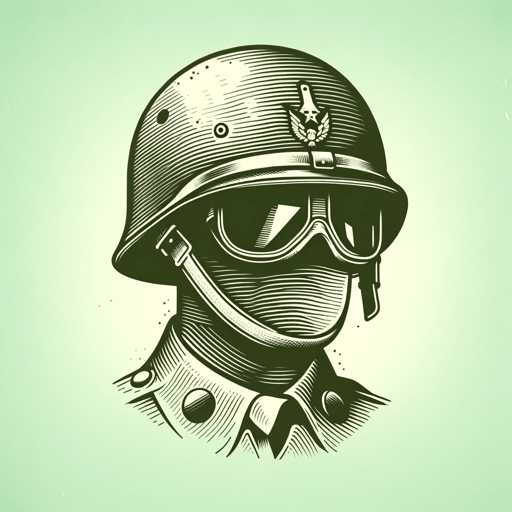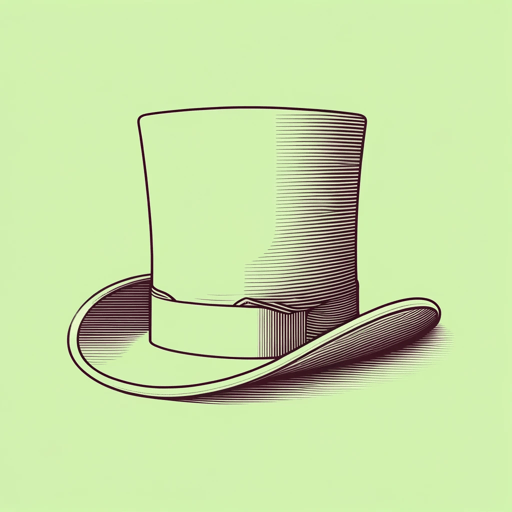42 pages • 1 hour read
Bill O'Reilly, Martin DugardKilling Patton
Nonfiction | Book | Adult | Published in 2014A modern alternative to SparkNotes and CliffsNotes, SuperSummary offers high-quality Study Guides with detailed chapter summaries and analysis of major themes, characters, and more.
Themes
Health, Virility, and the Body
In Killing Patton descriptions of physical appearance, health, and virility feature prominently. O’Reilly uses attractiveness of the book’s heroes, and especially their height, as a proxy for the soundness of moral character. Patton “is tall and athletic” (352), while Stalin’s “face is pockmarked, his left arm shorter than the right, and he is the tiniest man in the box” (73). For example, book stresses that Roosevelt was six foot two. The same goes for physical health. Hitler “suffers from irritable bowel syndrome, has an irregular heartbeat, and has long had a problem with skin lesions on his legs” (175). It is almost as if O’Reilly believes Hitler’s moral and political degeneracy manifested in his body. Describing Eisenhower, whom O’Reilly clearly sees as unsympathetically relying on diplomacy and political maneuvering over battle and action, O’Reilly emphasizes that “he carries a small paunch and walks with his shoulders rolled forward” (54). His sedentary attitude to life and war manifested itself in physical corruption.
O’Reilly is also fixated on the sexual prowess of solely male historical figures he depicts. He describes Patton as highly virile, and alleges that by 1944, Hitler was impotent. Yet this virile ideal conflicts with other values, like marital fidelity.
Related Titles
By these authors





